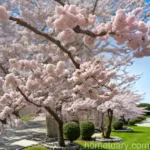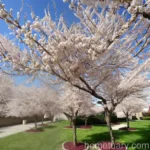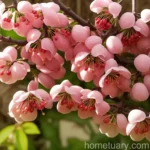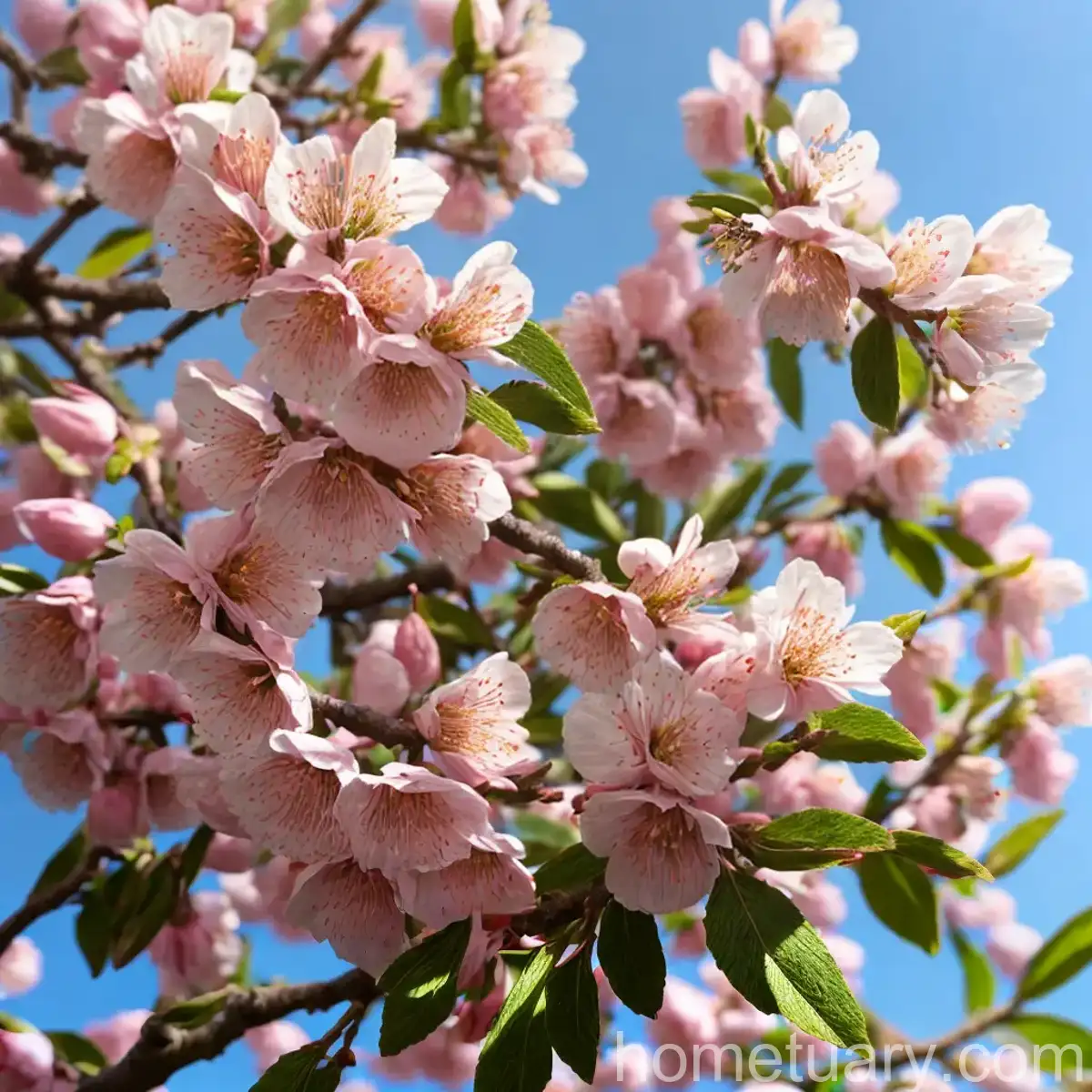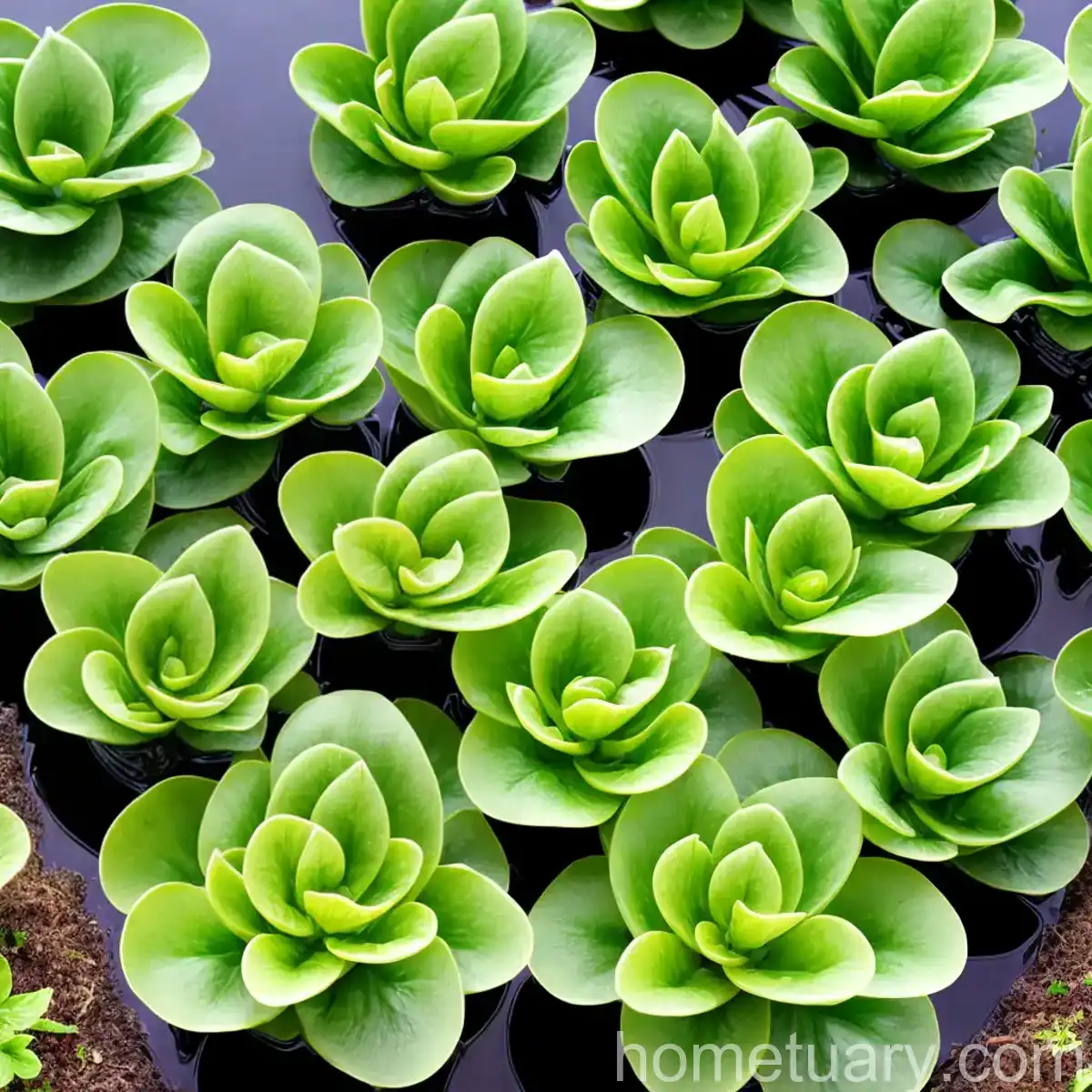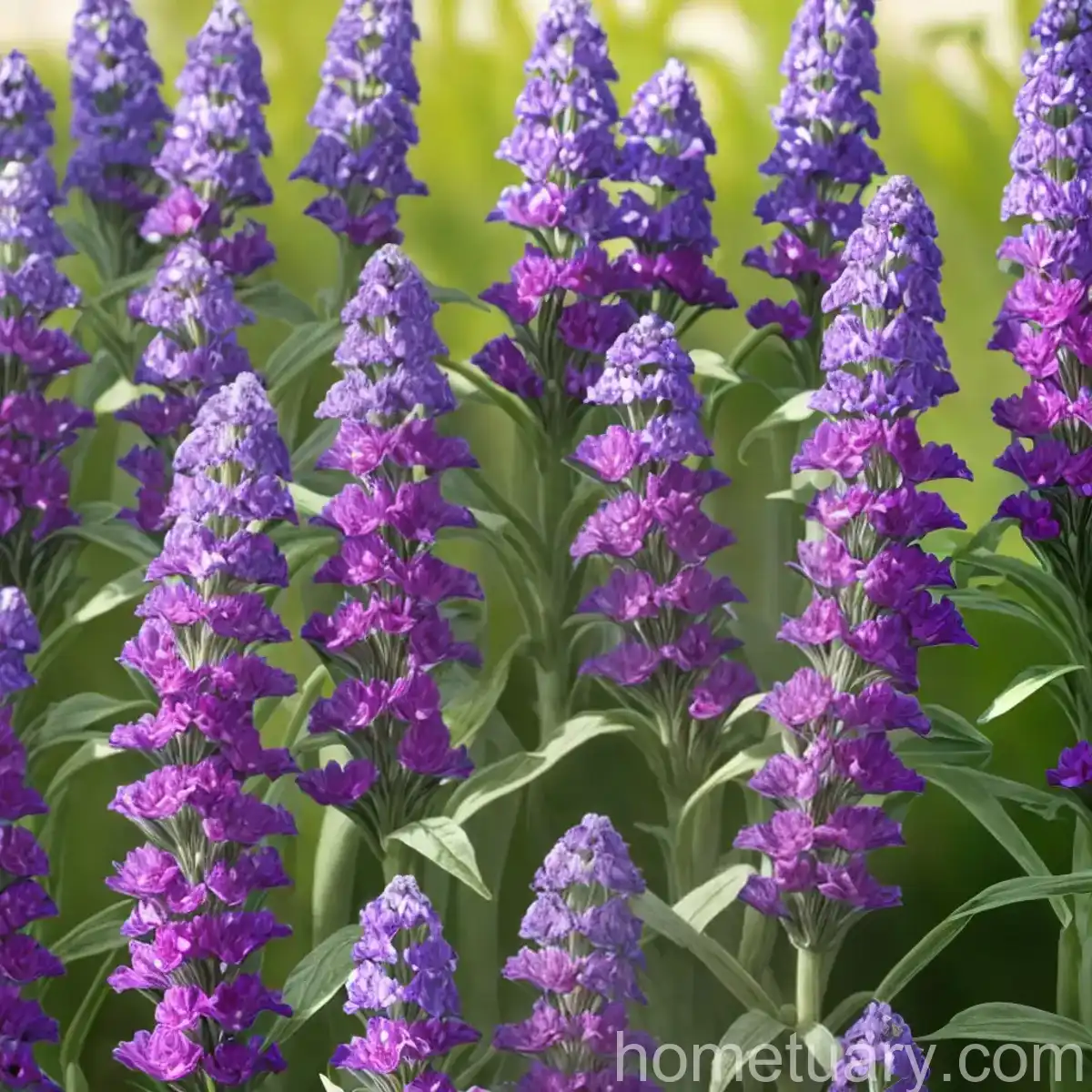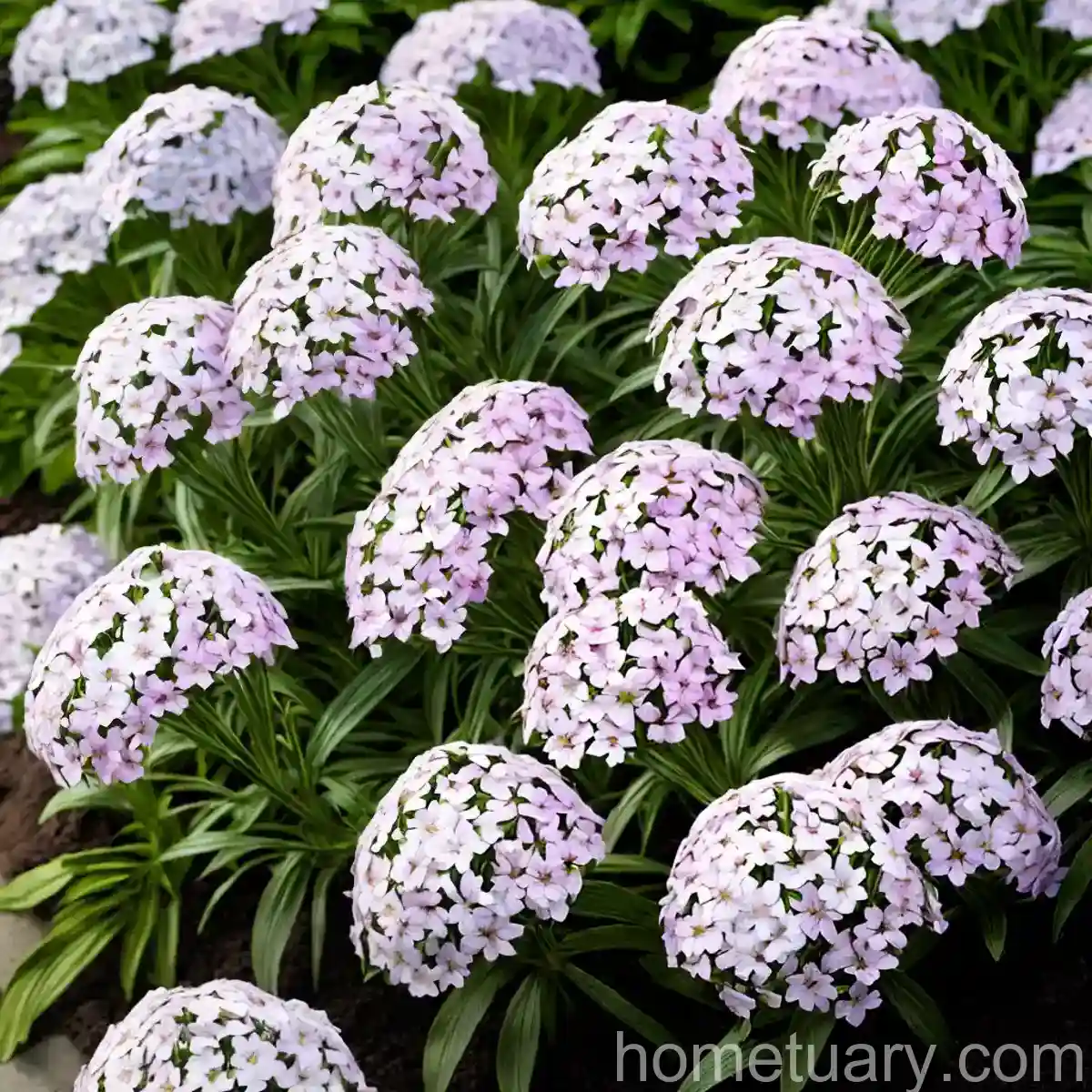Higan Cherry (Prunus subhirtella)
Higan cherry, scientifically known as Prunus subhirtella, is a stunning flowering cherry tree that belongs to the Rosaceae family. This prized ornamental tree is native to Japan, Korea, and China. Celebrated for its delicate, pink flowers and graceful appearance, the Higan cherry is a favorite among gardeners and plant enthusiasts. In this comprehensive guide, we will delve into the various aspects of this beautiful tree, including its culture, uses, propagation, maintenance, and much more. Whether you are considering adding a Higan cherry to your garden or are already a proud owner of one, this guide will equip you with the knowledge needed to cultivate and care for this enchanting tree.
What is the Higan Cherry?
The Higan cherry, also known as Prunus subhirtella, is a deciduous tree that typically reaches a height of 20 to 30 feet with a spread of 15 to 25 feet at maturity. Known for its graceful, arching branches and abundant spring blooms, this tree often serves as a focal point in landscapes, providing a stunning display of color and beauty. The Higan cherry blooms in early spring, producing an abundance of pink or white blossoms that cover the tree, creating a breathtaking sight that signals the arrival of the spring season.
The leaves of the Higan cherry are simple, alternate, and serrated, adding to its visual appeal even after the flowering season is over. The foliage transitions through various shades of green in the spring and summer and transforms into brilliant hues of orange and red in the fall, offering year-round interest.
The tree also bears fruits that ripen in mid-summer, adding another dimension to its visual charm. These cherries are not typically consumed by humans due to their small size and sour taste, but they are a valuable food source for birds and other wildlife.
The Higan cherry is a relatively low-maintenance tree, making it an attractive option for homeowners, landscape designers, and urban planners. Its adaptability and hardiness ensure that it thrives in diverse climates and soil conditions, adding to its popularity as an ornamental tree in both residential and public spaces.
Now that we have established an overview of the Higan cherry, we can move on to explore the key aspects of its cultivation, maintenance, and characteristics in greater detail.
Key Takeaways – Higan Cherry (Prunus subhirtella)
Culture
Cultivating Higan cherry trees requires an understanding of their specific cultural requirements to ensure optimal growth and flowering. Let’s take a closer look at the cultural aspects of the Higan cherry tree.
Uses
The Higan cherry tree is predominantly valued for its ornamental qualities, serving as a focal point in landscapes, gardens, and public parks. Its abundant spring blooms, attractive foliage, and seasonal changes make it a highly sought-after tree for enhancing aesthetic appeal.
Water
Proper watering is essential for the healthy growth and development of Higan cherry trees. While they are relatively drought-tolerant once established, consistent watering, especially during dry periods, is crucial, particularly for young trees and during the flowering season.
Sunlight
Higan cherry trees thrive in full sun to partial shade. They require a minimum of six hours of direct sunlight daily to ensure vigorous growth and abundant flowering. Selecting a well-lit location for planting will contribute to the tree’s overall health and performance.
Fertilizer
Applying a balanced, slow-release fertilizer in the early spring can provide the necessary nutrients for Higan cherry trees to support their growth and flowering. It is important to follow the recommended application rates and avoid overfertilization to prevent potential damage to the tree.
Soil
Well-draining, slightly acidic soils are ideal for Higan cherry trees. Amending the soil with organic matter can improve its texture and fertility, creating an optimal environment for the tree’s root development and overall vitality.
Pruning
Pruning plays a crucial role in shaping the growth habit of Higan cherry trees and promoting abundant flowering. Proper pruning techniques, including the removal of dead or diseased branches, can enhance the tree’s aesthetic appeal and ensure its longevity.
Propagation
Higan cherry trees can be propagated through various methods, such as seed propagation, grafting, and cutting propagation. Each method has its own advantages and challenges, allowing growers to choose the most suitable approach based on their preferences and expertise.
Container Popularity
Higan cherry trees are increasingly popular for container gardening due to their manageable size and ornamental value. Growing them in containers offers flexibility in placement and allows individuals with limited outdoor space to enjoy the beauty of these flowering trees.
Common Diseases
Higan cherry trees are susceptible to certain diseases that can impact their overall health and vigor. Understanding these common diseases and their management is essential for maintaining the tree’s vitality and minimizing potential damage.
Disease Diagnosis
Accurately diagnosing diseases affecting Higan cherry trees is crucial for implementing appropriate control measures. Identifying the symptoms and signs associated with common diseases enables timely interventions to mitigate the spread and impact of the ailments.
Common Pests
Several insect pests can pose a threat to Higan cherry trees, affecting their foliage, flowers, and overall well-being. Monitoring for common pests and implementing integrated pest management strategies can help safeguard the trees from pest-related damage.
Botanist’s Tips
Insights from botanists and horticulturists can offer valuable guidance on cultivating and caring for Higan cherry trees. These expert tips provide practical advice and recommendations based on scientific knowledge and hands-on experience with the species.
Fun Facts
Learn about intriguing and captivating facts about the Higan cherry tree, unraveling its cultural significance, historical connections, and remarkable attributes that make it an extraordinary species with enduring appeal.
Links to External Resources
Access additional information, resources, and publications related to Higan cherry trees. These external links provide further insights, research findings, and educational materials for those interested in delving deeper into the world of Prunus subhirtella.
Now that we have outlined the key takeaways, we will delve into each aspect in detail, providing comprehensive insights and practical tips for cultivating and caring for Higan cherry trees.
At this point, we have introduced the Higan cherry and outlined the key takeaways that we will explore in the subsequent sections. I have covered the cultural aspects, including uses, water, sunlight, fertilizer, soil, pruning, propagation, and container popularity, in addition to highlighting common diseases, disease diagnosis, common pests, botanist’s tips, fun facts, and external resources related to the Higan cherry. This format enables a structured and comprehensive exploration of the tree’s characteristics, cultivation, and care.




